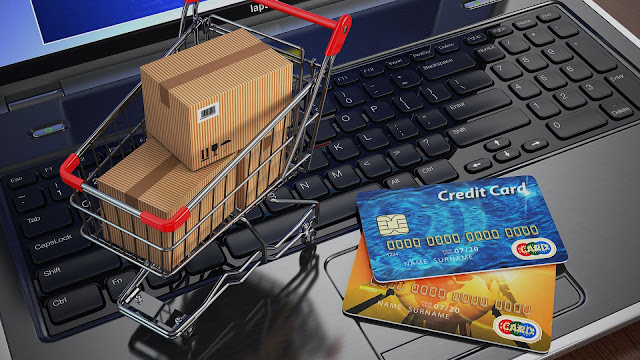Internet does not have a schedule: everything is open 24 hours a day during all days of the week, whether it is a holiday, or at night or an hour too early in the morning. There is not a moment of rest and there are no moments when you can close for vacations. The Internet is an environment that is always open, always available and where things are done when you feel like it or when you feel you need it. And this has changed the dynamics of access to information, relationships and, of course, consumption. The network has eliminated the opening hours and has made the stores have become an always active and always open element.
Ecommerce does not have schedules and consumers can buy their products at any time. And this has already had an impact on what is done on a recurring basis and the customs of consumers.
Consumers no longer buy with store hours. Shopping has spread throughout the day and, especially, at night. The most salient finding of the study on buying habits and the timing of these transactions is the fact that the purchase has increased at midnight.
During the BlackFriday, in fact, the peak of conversions was at 1 A.M., with a peak traffic at 12 A.M. The explanation may be logical, since consumers want to be the first to access the offers and these appear just at that time.
But, on the other hand, the hours of greater activity for the purchases are between the 8 and the 9 of the morning, demonstrating that the hours of online purchases are mutating and that no longer it is depended on that traditional moment in which the whole world It seemed like he was going to buy. Buyers are more and more early risers and brands will have to learn to serve the products and offers in those first hours if they want to reach the consumer.
Sales moments are changing
Likewise, brands also have to be aware that the shopping moments and the scenario of the same are changing. Consumers no longer put temporary barriers to buying online and no longer limit their buying moments. Until recently, Christmas gifts had a clear agenda.
Consumers bought on the internet when there was time for deliveries (which made Christmas gifts bought online long before Christmas) and left for the physical stores last-minute purchases. That is no longer the case: consumers have accepted the new online formats and click and collect services and the fact that delivery times are getting shorter (there are next day delivery services) make consumers Buy more and more online at the edge of the day. In fact, the final stretch at Christmas has been one of the busiest periods.
What brands should take into account
This should mark a turning point for brands, who will have to learn how to treat consumers differently and who will have to be able to understand that for them now there are no buying times and there are no schedules. Above all, brands will have to strive to make two of the key elements of ecommerce go hand in hand with this new reality. Customer service and delivery services will have to assume that consumers are less and less limited by schedules.
As far as customer service is concerned, companies have to offer certain minimums. Consumers still understand that brands do have schedules, even if they do not, and that they have to be able to provide clear information about when their workers are available and at what times the complaints and issues will be handled. Even so, and given that consumers are more and more 24 hours, the brands will have to end up working because they are also 24 hours more.
When it comes to deliveries, consumers are increasingly interested in the instant, as evidenced by the fact that they do not wait the next day to buy. They know that the products will not be at midnight at home, but they hope they will not have to wait long for them. The brands will have to be able to reduce even more their margins of delivery.



